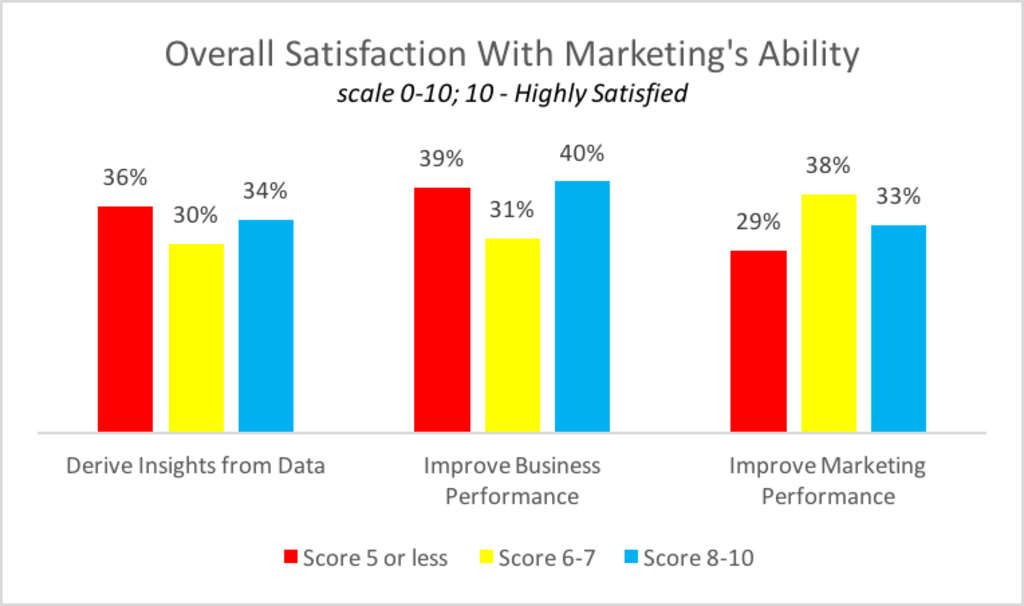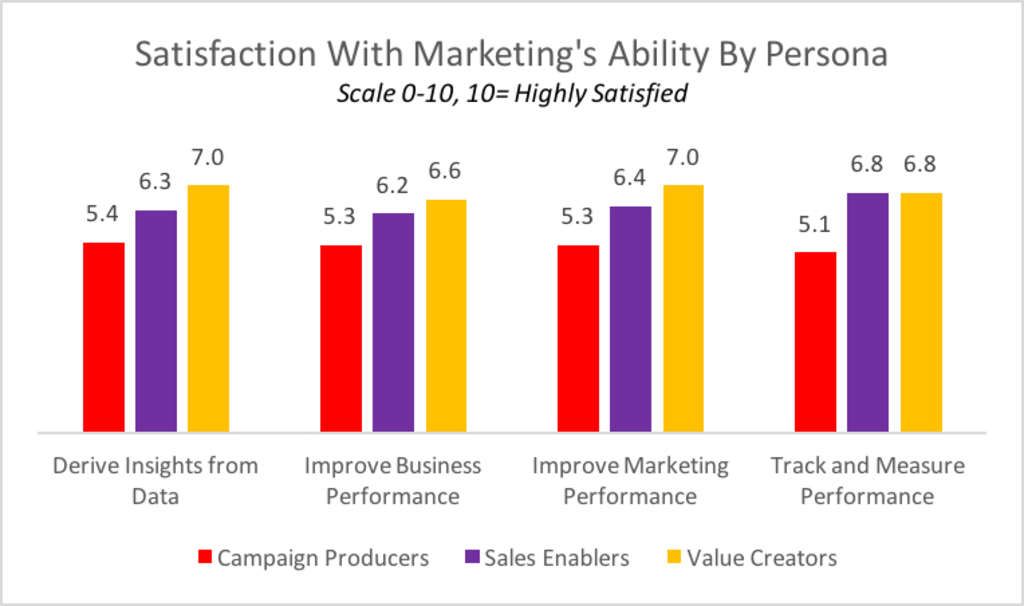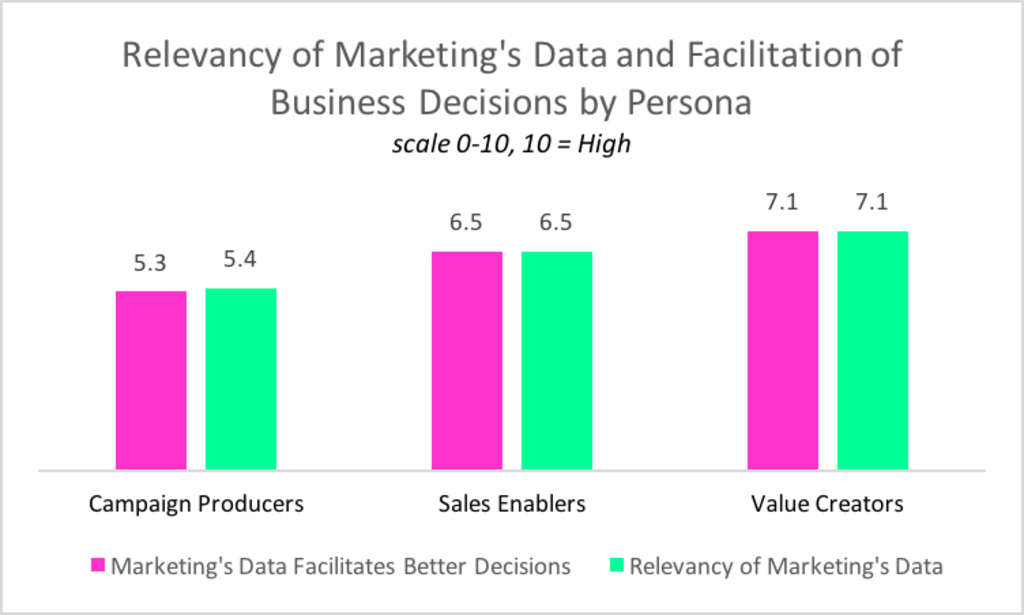How to Better Utilize Data and Analytics
Yet another study, this one by PAN Communications, continues to lament the challenge Marketing organizations face for measuring success. This particular study found that "76% of marketers are lacking the confidence to measure the success of their content programs." Despite this statistic, every CMO we've worked with admits how important it is to be able to select the right metrics and to measure and report on Marketing's value and contribution. In an age where data and tools are plentiful, why does this challenge persist? That seems to be a multi-million-dollar question. Some data suggests that Marketers are increasing their budget on data and analytics by as much as 49%! Expect your leadership team to ask the proverbial questions, "What did we get for this investment? How do we use this data?" This article offers two areas to guide your successful use of data and analytics.
Before we launch into the steps, let's take a moment to review the usage of analytics in business. As you can see, the fundamental business purpose of the data analytics insights process has remained fairly consistent for over 30 years – enable smarter decisions and drive/improve performance.
Despite the increasing amount of data and tools, or maybe because of them, Marketers still struggle to make their data relevant to the C-Suite. You may recall that as a result of VisionEdge Marketing's research since 2001 we are now able to classify Marketing organizations into three primary personas: Value Creators (those who earn the highest marks from the C-Suite), Sales Enablers (the middle of the pack) and Campaign Producers (the laggards). All these groups need to improve the ability to use Marketing's data to improve performance and make Marketing's data relevant to the business.
Are you prepared to make your data more relevant?
The key to making your data relevant is to use it to answer questions that matter to the business decision makers. In conversations over the years with members of the C-Suite, we've learned that nearly everyone wants to know the answers to these five questions:
- Which markets and segments to pursue? How to gain access?
- How to best acquire new customers? How to keep existing customers?
- Which existing markets and customers should we grow?
- What new products should we develop? How do we accelerate adoption?
- Which channels create the greatest response lift and engagement?
You'll need to dig into your customer data, structured and unstructured, possibly gather additional data using primary research, and talk with your customer advisory boards.
The answers to these questions will lay the ground work for your personas, messaging, content, and channel decisions.
Want to improve your performance management? Start here.
With integrated analytics and the right tools, such as a dashboard, showcasing the ROI of Marketing has become more achievable. Even so, this continues to be a struggle for many teams. Performance management is about far more than today's ROI on a campaign. It entails being able to
- demonstrate your contribution and impact to the business outcomes
- set performance targets, and
- select the right metrics
A conversation with your leadership team that encompasses the questions below will help you achieve the above goals, including fine tuning your metrics.
- What are the quantifiable customer-centric business outcomes we need to achieve?
- Which of these do you expect Marketing to impact?
- How will you know that Marketing accomplished each outcome?
Next Steps
Read the case study Customer and Market Data Provide Marketing and Sales Direction to see how VisionEdge Marketing enabled a Marketing team to gain scientific data and metrics related to buying criteria and how their company and the competition stacked up to that criteria. Our customer says: "We are using this kind of data to help identify new business opportunities and reduce our sales cycle."
Laura Patterson
Vision Edge Marketing
visionedge marketing







